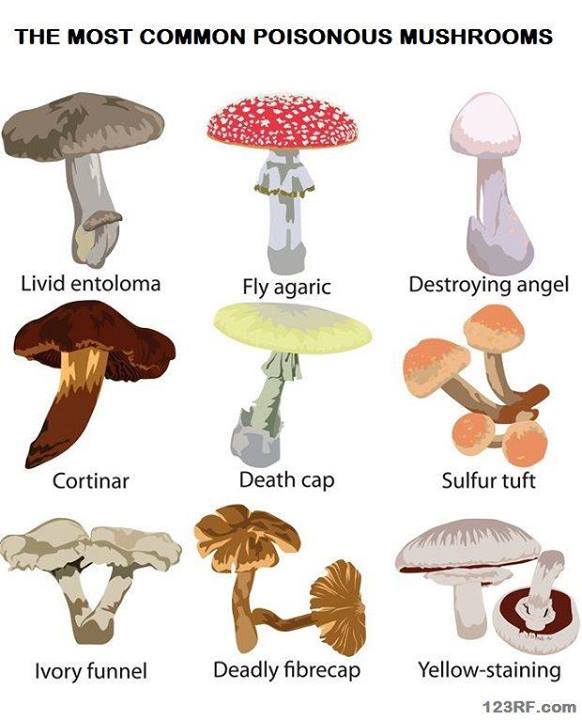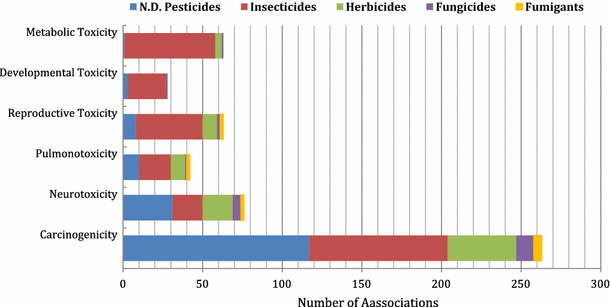4 Reasons Why Your Garden Could Also Use Some Aspirin
There’s nothing aspirin can’t solve. Headache? Take an aspirin. Fever? Take an aspirin. For everything else, there’s MasterCard. Joke aside, this little pharmacological jewel is not only a great remedy for all sorts of pains and pangs but also a great helper around the house. Last I heard, some people use common aspirin to make pot plants stay green for a long amount of time.
And, quite recently, I’ve discovered that this wonder pill can really do amazing thing around the veggie garden. Not only that, but it also works on life stock (my father-in-law uses aspirin to treat whooping cough in cows and sheet).
Anyway, getting back to the subject at hand, aspirin’s really great for your veggie and flower gardens. Wouldn’t have believed that the same thing used to cure anything from fevers to hangovers could do them plants so much good. So, after getting some kickass results with my cabbage patch, I thought that the most sensible thing to do would be to share some of the reasons why I’ve decided to use the stuff in the first place.
So, without further ado, here are 4 reasons why you should stockpile and use aspirin in your veggie garden.
-
No more fungus
No, I was talking about foot or nail fungus, but about that greenish stuff that chokes plants and makes gardeners cry. I’ve literally tried every damned anti-fungal solution on the market, but nothing seemed to work. That’s when a good friend of mine, who’s also a pharmacist, told me that I should add one or two aspirin tablets to the watering can. Apparently, salicylic acid is fungi’s number one enemy (has something to do with how the acid disrupts cells inside the fungal growth).
Anywho, if you want to get rid of all the fungus from your veggie garden, use aspirin in conjunction with water. Do keep in mind that the results are not instantaneous – in my case, I had to wait around two and a half weeks to see the results.
-
Cut flowers will last even longer
I have to admit that I have a thing for freshly-picked flowers. Ever since I can remember, our family always had at least one vase with pretty flowers around the house – mom likes roses, just like my grandma. Still, the only trouble with cut flowers is that whatever you do, they will eventually wilt and day. And this happens faster than most of us realize.
Even that Valentine’s Day bouquet doesn’t last longer that one, maybe two days, provided that you don’t drown it. I read somewhere that flower dealers (yes, I know exactly how it sounds), use a sugar and salt combo to prevent wildflowers from wilting too fast.
I think that’s a load of crap – I’ve tried on many different types of flowers: roses, orchids, tulips, lilies. It doesn’t work. And no, it’s not about balancing the ingredients. Sure, among other things plants take from the soil is salt and glucose. But they also need plenty of other stuff to survive and thrive.
In searching for a better alternative, I tried adding a tablet of aspirin to a vase halfway filled with water. This time, my flowers of choice were Carson roses. One week later, lo and behold, the roses were still clinging to life, more alive and greener and red than ever before.
-
More veggies in the garden
In my opinion, starting your own garden is a gamble – you’ll never know what that land will yield or if anything will grow at all. Yes, I know that there are some veggies like potatoes or onions that can be grown anywhere, but this is not always the case.
After harvesting my very first crop, I’ve discovered, much to my dissatisfaction, that I ended up with a basket filled to the brim with nice and round onions, and another with some things that looked like Area 51 experiments. However, the thing that puzzled me the most is that the crops were two weeks late, although I followed the instructions to the letter.
The main issue was, of course, the soil. It needed a little bit of help to yield a better crop. After doing a little bit of online research, I’ve discovered that a surefire way to turn any kind of soil into a veggie-making mean machine was to add some aspirin. So, if you’re having the same problems, try this nifty little trick: dissolve four aspirin tablets in approximately four gallons of water.
Use this mixture to water your plants daily for at least two weeks. It may strike you as a little odd, but apparently, aspirin has a way of encouraging plant growth better than any chemical or organic fertilizer. According to the big and scary book of science, salicylic acids stimulate the soil to generate more vitamin C. And, wouldn’t you know it, even plants like a vitamin C infusion, not only human bones.
-
Makes for stronger roots
Roots are everything to plants – strong and long one means that the plant will go to get all moisture and nutrients it needs in order to survive and thrive. Unfortunately, with all the chemicals used to stimulate plant growth, roots have become brittle, weak, and unable to properly feed the plant. And that’s bad news for you if decided to ditch supermarket veggies.
Apart from using only organic stuff, you can try and give those roots a little nudge. Yup, you’ve guessed it – aspirin is that swift kick in the keister each plant needs to develop stronger roots. Here’s what you will need to do. Head to the drug store and get some uncoated aspirin (the variety that doesn’t offer gastric protection). Before planting the seeds, dissolve one tablet in one gallon of water and pour the mixture into the hole. Allow the soil to absorb the mix. After that, you can plant whatever your heart desires.
So, what are your thoughts on using aspirin in the garden? Hit the comments section and let me know.
There’s nothing aspirin can’t solve. Headache? Take an aspirin. Fever? Take an aspirin. For everything else, there’s aspirin.

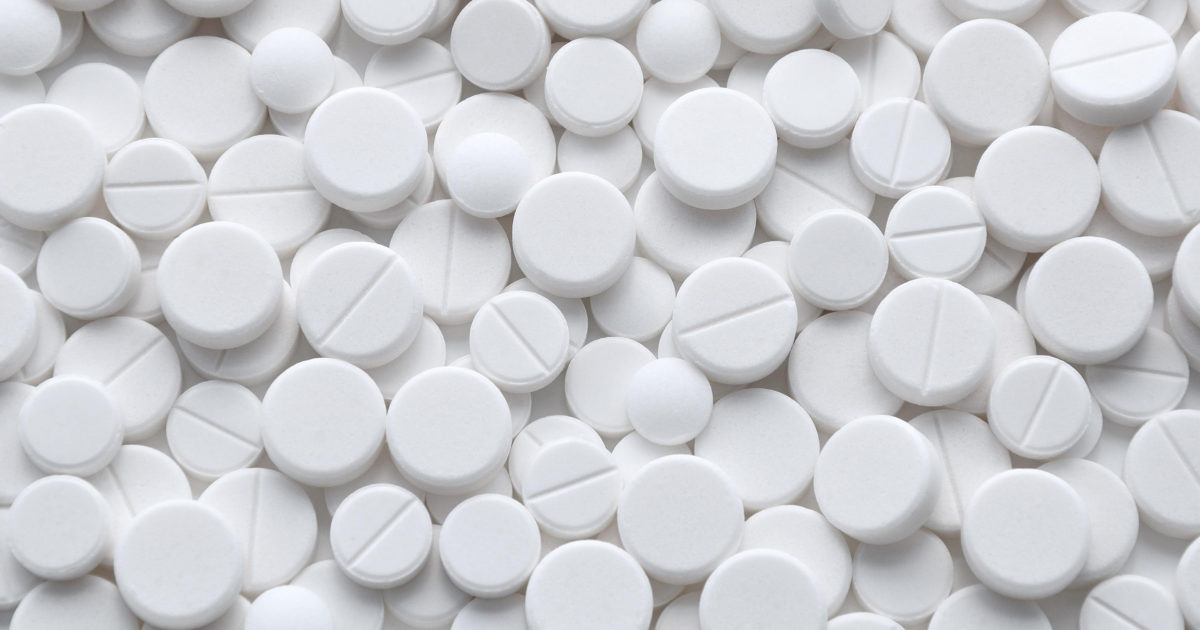
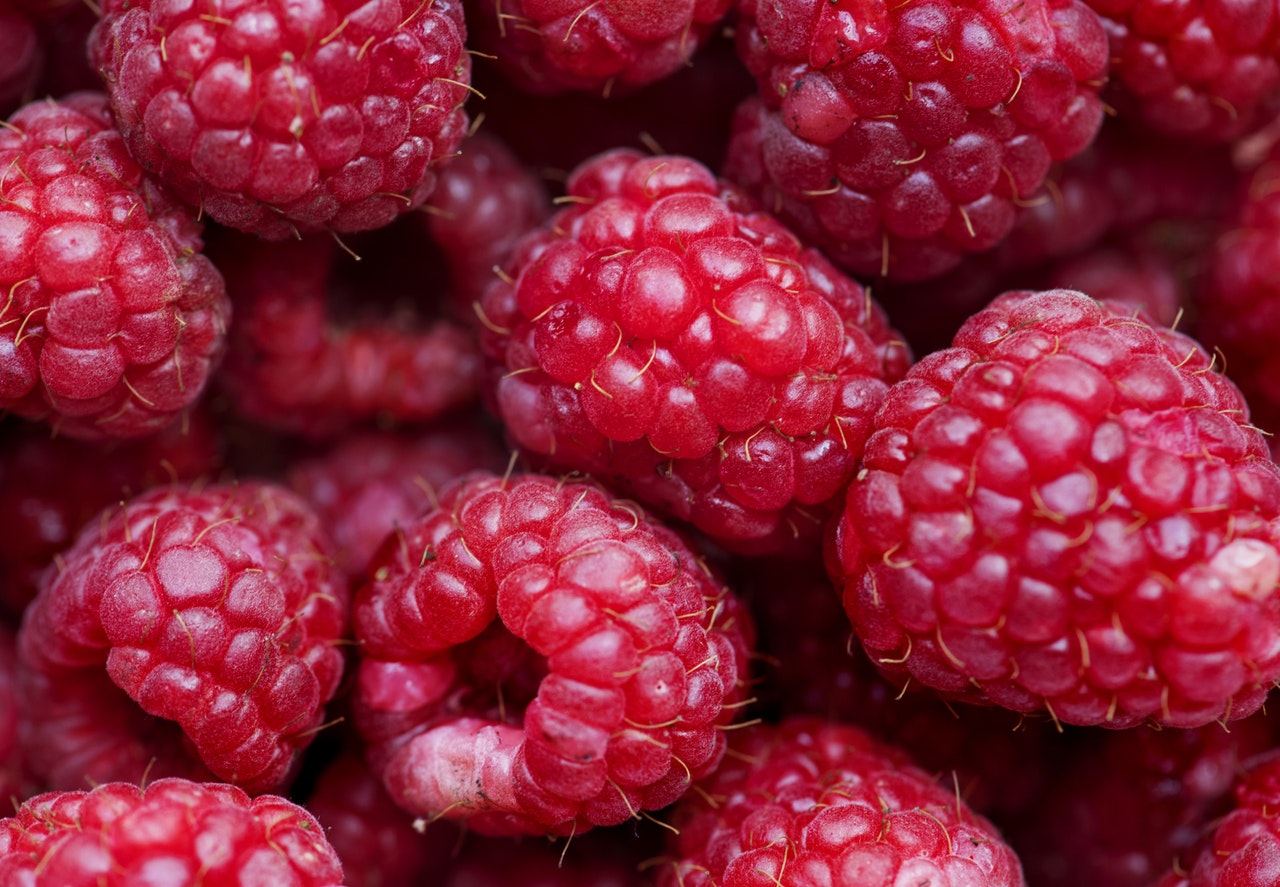




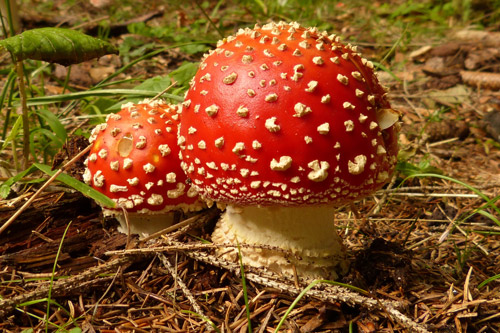
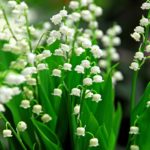 Cardiac Glycosides are most often found in Lily-of-the-Valley, foxglove oleander and squill. First signs include headaches, confusion, vomiting, stomach pain, and dizziness. Children might also experience changes in heart rate and blood pressure.
Cardiac Glycosides are most often found in Lily-of-the-Valley, foxglove oleander and squill. First signs include headaches, confusion, vomiting, stomach pain, and dizziness. Children might also experience changes in heart rate and blood pressure.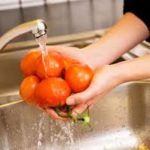 The best thing parents can do for kids is to teach them never to pick or eat anything from a plant they find outside, regardless of how good it smells or looks. Make sure your children know to eat plants or fruits from outside only if they have permission and if the plant has been washed thoroughly.
The best thing parents can do for kids is to teach them never to pick or eat anything from a plant they find outside, regardless of how good it smells or looks. Make sure your children know to eat plants or fruits from outside only if they have permission and if the plant has been washed thoroughly.